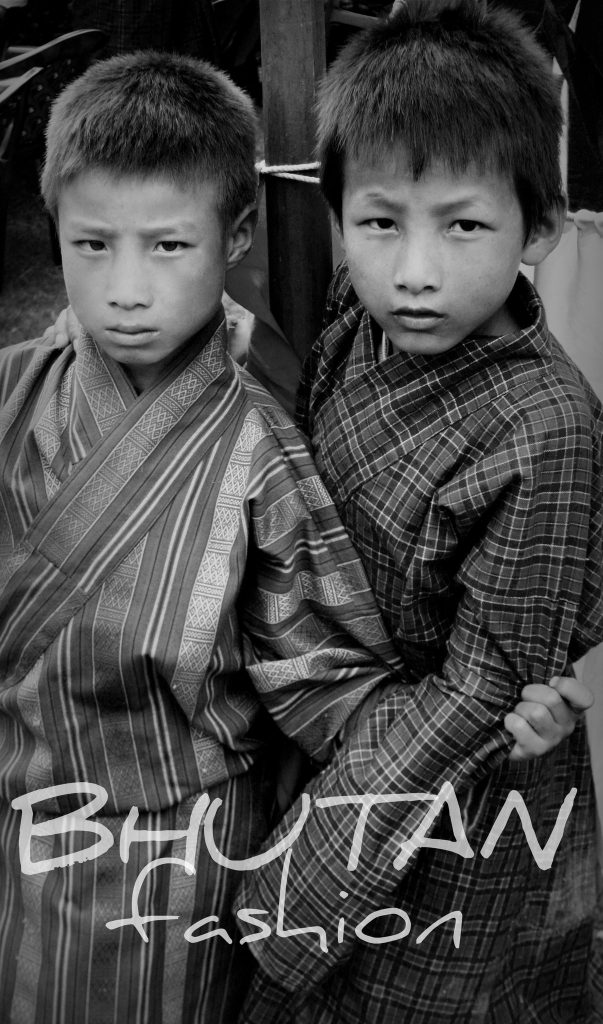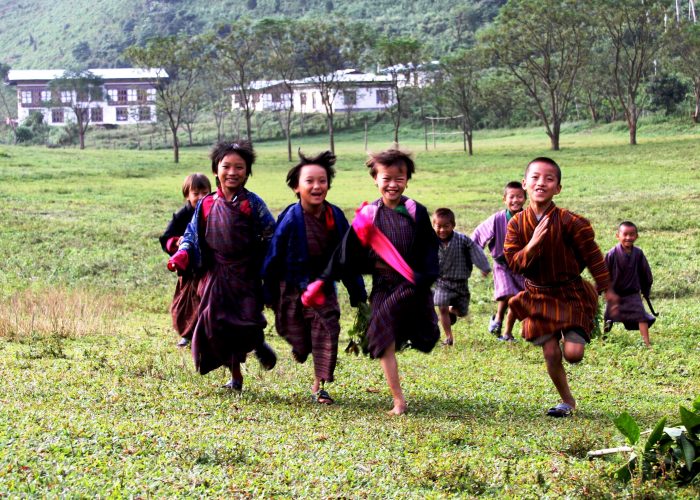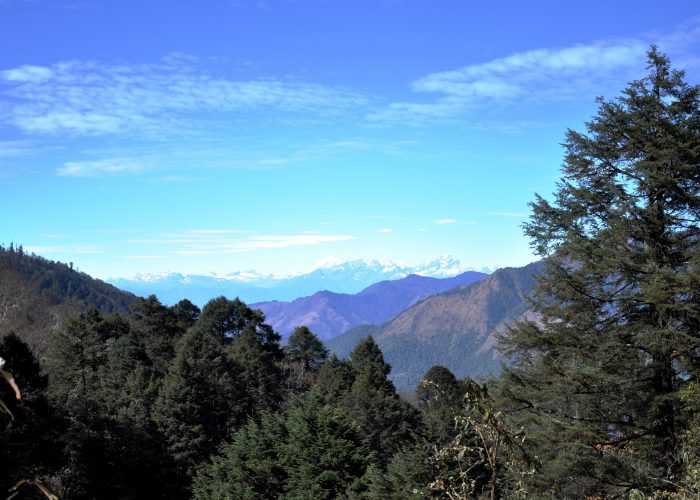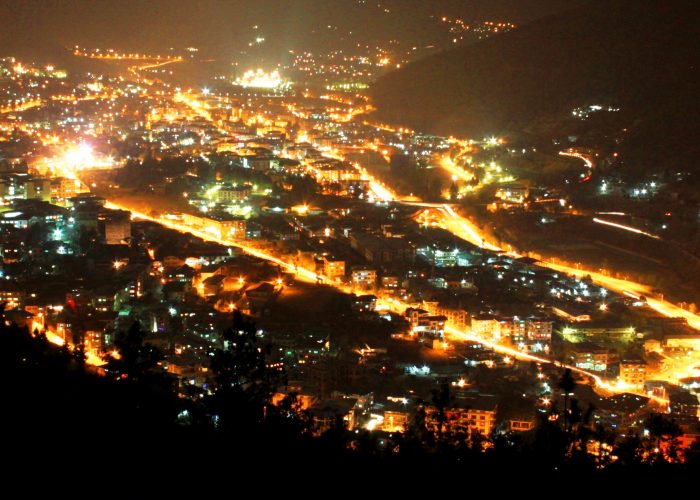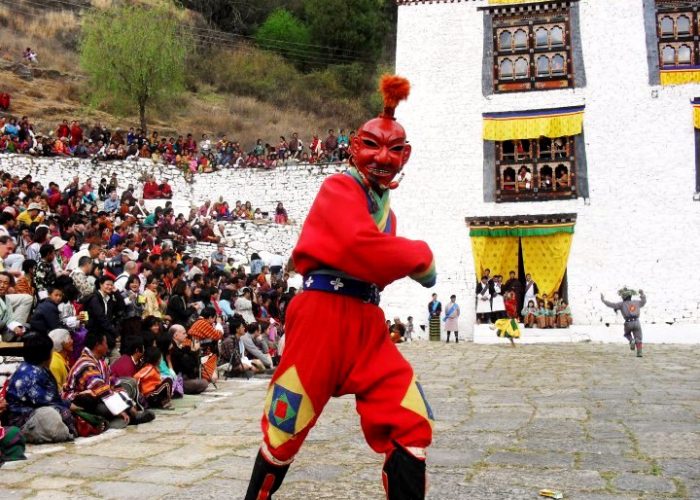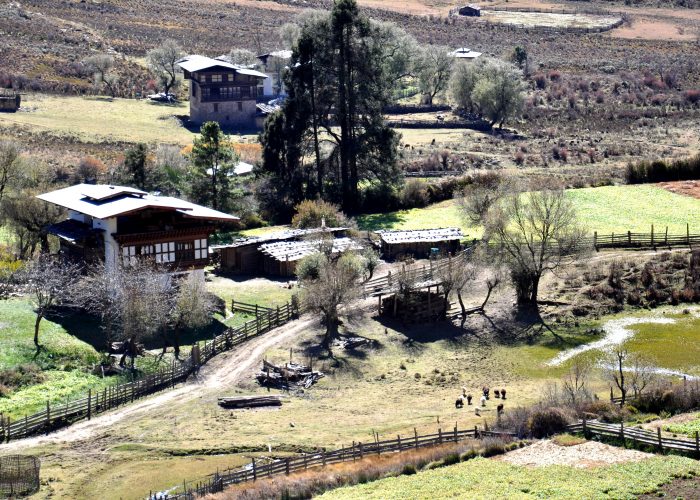 Although being sandwiched between the two most populous countries in the world, Bhutan has been able to maintain its unique identify by protecting and nurturing its living culture, deeply entrenched in religion and nature.
Although being sandwiched between the two most populous countries in the world, Bhutan has been able to maintain its unique identify by protecting and nurturing its living culture, deeply entrenched in religion and nature.
Bhutan is the only country in the world to have a Tantric form of Mahayana Buddhism (Drukpa Kagyu) as its state religion. Buddhism plays an important role in the day-to-day lives of Bhutanese, manifesting in various aspects of secular life and instilling a profound respect for the land and all sentient beings. It is a common sight to see Bhutanese circumambulating monasteries and chortens (stupas), while murmuring prayers and fingering prayer beads. Every Bhutanese home has a separate room designated as the choeshum(alter room) for prayer, offerings and meditation.
Across Bhutan, one can witness various forms of music and dance that have stood the test of time. Entertaining and intriguing at the same time, these songs and movements are laden with sacred symbolism and bound to leave a memorable impression on any visitor to the country. Bhutanese architecture, sculpture and painting have their roots in Buddhism as well and depict the spiritual dimension of Bhutanese life.
Food
The most distinctive characteristic of Bhutanese cuisine is its spiciness. The national dish is ema datshi (chili and cheese) that might be too hot for a first-timer; opt for kewa datshi (potato and cheese) or shamu datshi(mushroom and cheese) if you like your meal on a milder side. Rice is a staple grain and is served with every meal. In addition, Bhutanese diet is rich in meat, dairy, vegetables, grains and lentils.

